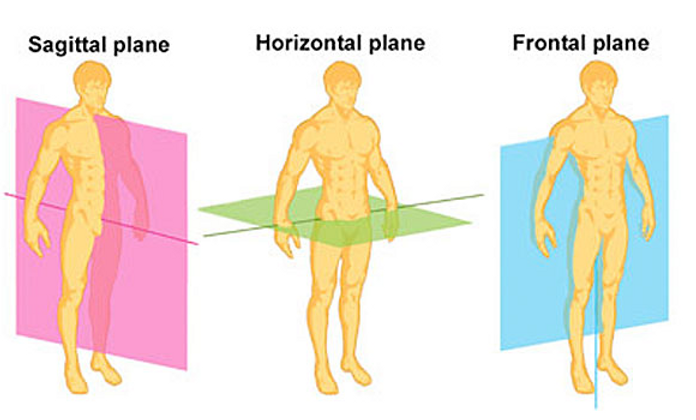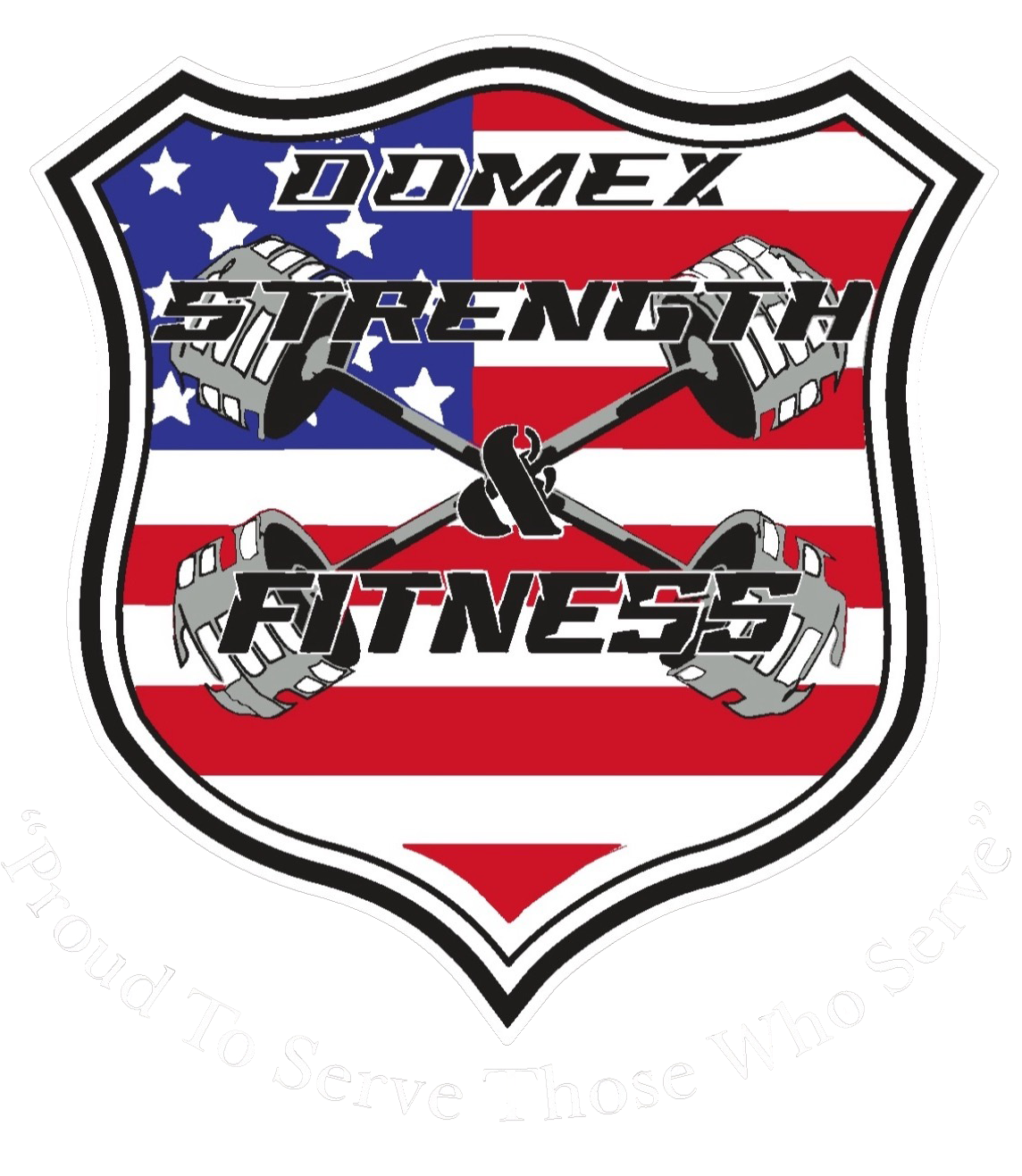Our Location
El Paso, TexasOur Location
El Paso, TexasOnline Support
info@domexstrengthandfitness.comFree Contact
+1 123 1234 123If you are looking for more strength and explosive power during the performance of your job or in life, then this program has the specific exercises and the correct program design which will promote the body’s adaptations to these desired qualities.
A tactical athlete is a first responder – law officers, firefighters and those in the military – that needs to possess the athletic prowess to perform optimally day in and day out within their job description. These individual’s professions are extremely challenging and rewarding, but encounter a myriad of variables. No matter what the first responder’s current assignment is, training as a tactical athlete will contribute to optimal performance and career longevity.
If strength and power is paramount, this program is for you.
Strength and power is crucial for the tactical athlete who find themselves lifting and moving external loads or dealing with resistive forces repeated throughout their daily jobs. Training for strength is the body’s ability to exert maximal contractions and repetitions with a certain force or object. An example would be to conduct a bench press, squat or dead-lift for 2-6 repetitions. This repetition count correlates to an intensity of approximately 85-97% of your One Repetition Maximum (1RM) which would be at a maximal force. Furthermore, the exact rest periods are programmed into this four week program which will keep you focused on building the physiological adaptations of strength and power.
This program stresses the phosphagen (our bodies most powerful source of energy) and the glycolytic energy system. For these reasons, we have programmed ample enough rest periods between each working set for proper replenishment of your muscles energy stores to properly prepare for subsequent sets at full intensity.
By engaging in this strength and power program, you’ll make the physiological adaptations that will improve your anaerobic metabolism which will transfer to your on demand daily tasks of strength and power.
1 MONTH PROGRAM • $39 | 3 MONTH PROGRAM • $89
Now that the job description and role of a ‘tactical athlete” is clearly defined, and why muscular endurance is needed for the tactical athlete, then how does an individual train like a “tactical athlete?”
Conducting training based upon a tactical athlete’s job description entails devising a program design for what they do through utilizing the three anatomical planes of human movement. Training this way makes the tactical operator better equipped to successfully conquer any physically demanding task they encounter. Not only does this accomplish these objectives but equally important, assists the operator in aiding them in preventing Musculoskeletal (MSK) injuries. The three anatomical planes of human movement are the following:
(A) Sagittal plane which separates the left and right sides of the body
(B) Frontal plane which separates the anterior and posterior of the body.
(C) Transverse plane which separates the upper (superior) and lower (inferior) halves of the body

A “tactical athlete” should center their training and take into account all three anatomical planes of movement. This is not an all-inclusive list but rather a representative sample of the desired movement patterns in order to elicit optimal physical performance.
Resistance Training Exercise Techniques
Bench press, deadlift, squat, Romanian Deadlift and several more with the purchase of the program.
Bodyweight Exercises
Pull/Chin-ups, push-ups, planks and several more with the purchase of this program.
1 MONTH PROGRAM • $39 | 3 MONTH PROGRAM • $89
Our program is comprised of four workouts devised into a two-day upper and two-day lower body split to be conducted for the physiological adaptations of strength and power through anaerobic conditioning with resistance training as the main focus.
Additionally, we add plyometric exercises which are an essential element for today’s tactical athlete or first responder. Plyometrics add a specific training modality by focusing on the bodies fast twitch muscle fibers which in turn improves the body’s ability to become more powerful and explosive. Plyometrics will give the operator the real world movement techniques during exercise that will transcend to improved job performance.
If strength and power is paramount, this program is for you.

Dan has always eagerly provided us with the answers. Dan has always provided the scientific backed evidence to corroborate the information that he has given to us. He passionately loves educating and coaching strength and conditioning to tactical athletes and furthermore, he is extremely devoted to the law enforcement community because he personally knows the requirements which produces targeted results based upon his several years as a tactical athlete himself.

Training by my own design without Coach Dan, I would have run myself into the ground. Coach Dan was able to alter my workouts on the spot with no advanced notice so that I stayed healthy and conditioned. Other times, he identified problems I was not aware of and then helped me to fix those problems.

This program has opened my eyes to the importance of conditioning and body weight exercises which are critical to the PT Test. I have seen an improvement in my overall strength and an increase in my endurance.
